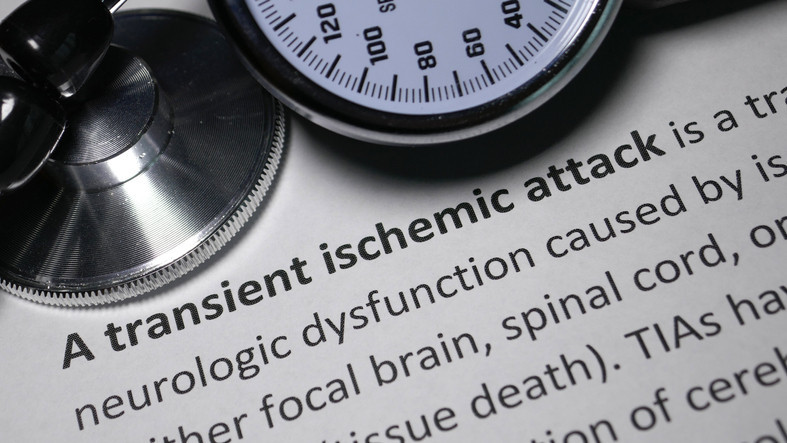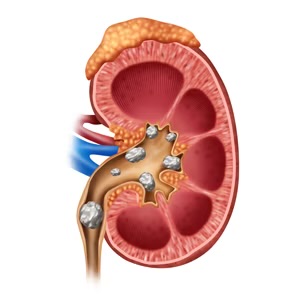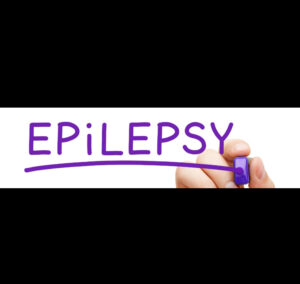May 14, 2020
Transient ischemic attack needs a new name. Its current nickname, mini stroke, doesn’t fill the bill either. Both suggest something small and passing, a fleeting problem you can put off until you have the time to do something about it. What’s needed is something that conveys urgency and harm because a transient ischemic attack (TIA) is often followed by a full-blown stroke. Getting evaluated and treated right away — within minutes of having a TIA, if possible — can lower the chances of having a stroke.
At the outset, there’s little difference between a TIA and the most common kind of stroke, an ischemic stroke. They look the same, feel the same, and are caused by the same thing — a blood clot or bit of cholesterol-filled plaque that is blocking blood flow in an artery that nourishes part of the brain. The big thing that separates a TIA from a stroke is how long it lasts. A TIA is over quickly, often fading away within minutes to hours. Stroke symptoms last longer, usually more than 24 hours. The blockage can cause any of the following:
• numbness or weakness in your face, arm, or leg, especially on one side of the body
• inability to move your fingers, a hand, arm, or leg
• sudden confusion
• difficulty speaking or understanding what someone is saying
• trouble seeing with one or both eyes or hearing with one or both ears
• dizziness, trouble walking, or loss of balance or coordination
• rapid and severe headache.
• In the case of a TIA, the blockage is small enough or fragile enough that the body’s self-repair systems can reopen the artery, which stops the symptoms. Larger or sturdier blockages lead to strokes.
Take action to help prevent a stroke
To help prevent a stroke after a transient ischemic attack:
• Get rapid evaluation, preferably within 12 hours of the onset of symptoms
• Have access to same-day diagnostic imaging
• Proceed with aggressive attention to blood pressure, cholesterol, diabetes, atrial fibrillation, and other conditions
• Control risk factors such as smoking, obesity, and physical inactivity
• Take aspirin, aspirin plus extended-release dipyridamole (Aggrenox), and/or clopidogrel (Plavix) to prevent the formation of further blood clots
• Consider surgery (carotid endarterectomy) or endovascular therapy (angioplasty with or without a stent) to open a narrowed or blocked carotid artery.
Recognition. Knowing the signs and symptoms of a TIA is the first step toward making it a truly transient problem.
Response. If you think you or someone you are with is having a TIA or stroke, call 911 or your local emergency number right away. If it’s a stroke, getting to the hospital as soon as possible to be evaluated and potentially receiving a clot-busting drug can greatly reduce the damage caused by a stroke. If it’s a TIA, prompt action can help prevent a stroke.
If you think you are having a TIA, or just had one, treat it like the emergency it is and get help right away.
Original Article – https://www.health.harvard.edu/newsletter_article/treat-mini-strokes-as-an-emergency-not-a-gentle-warning





